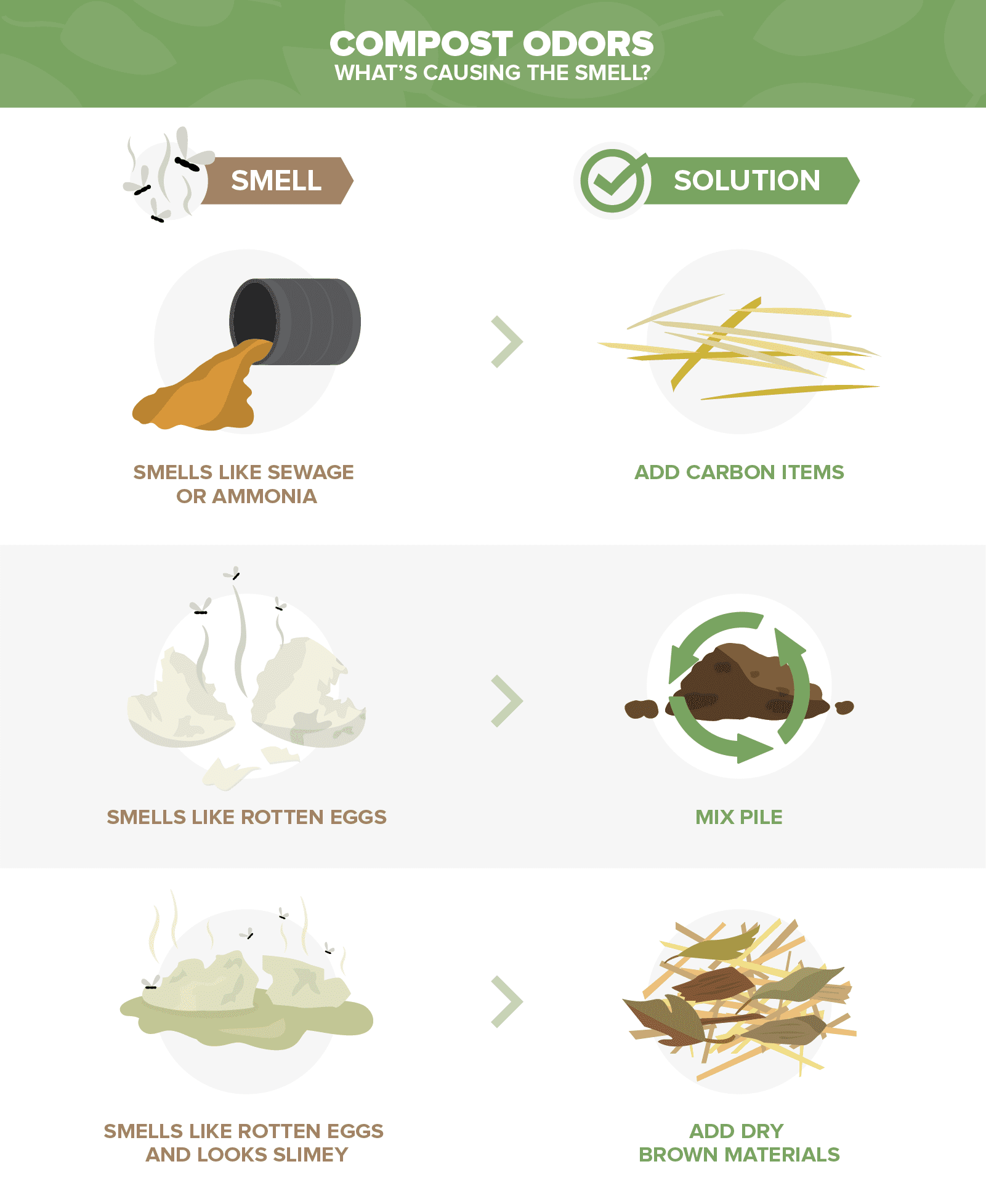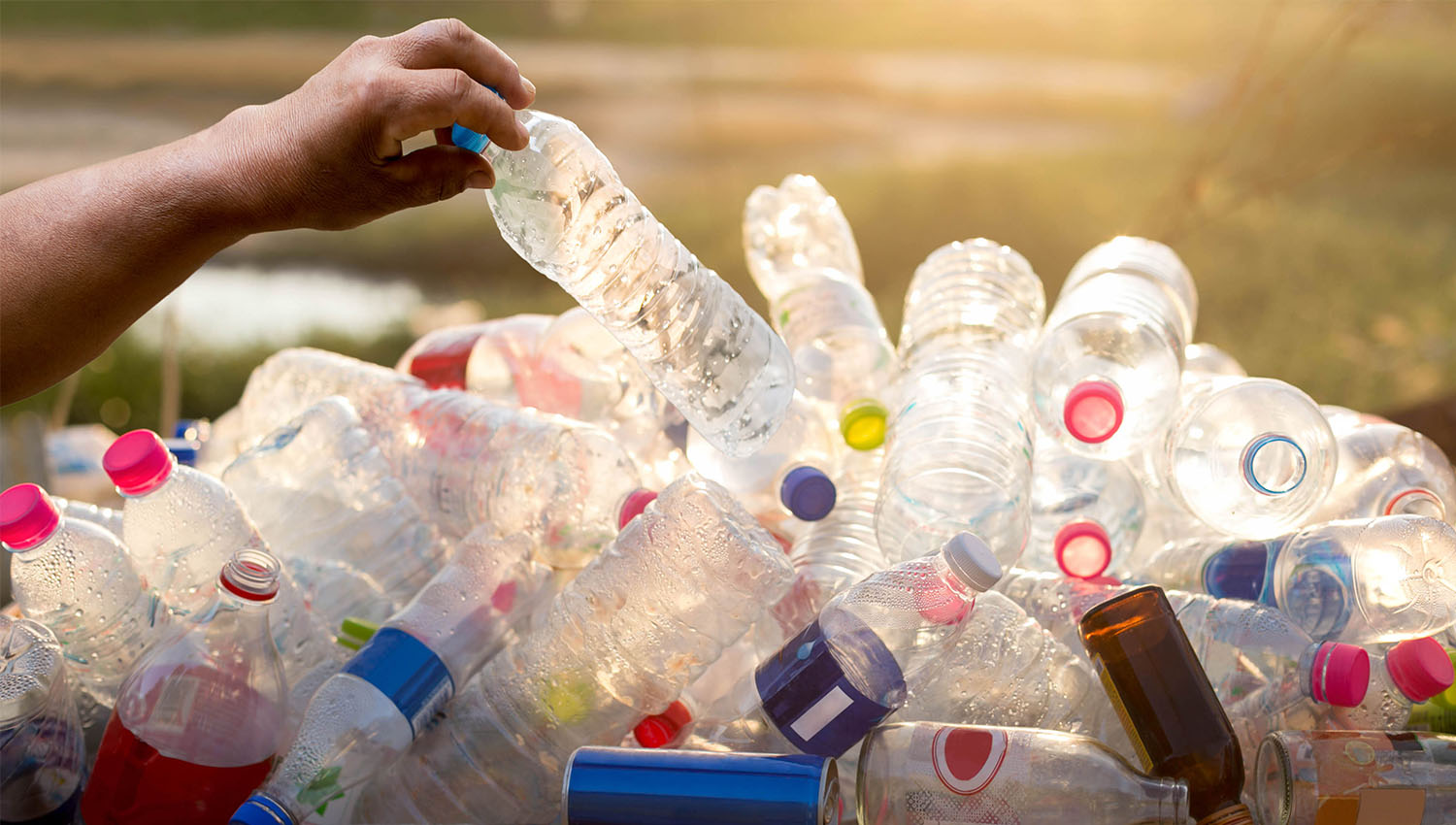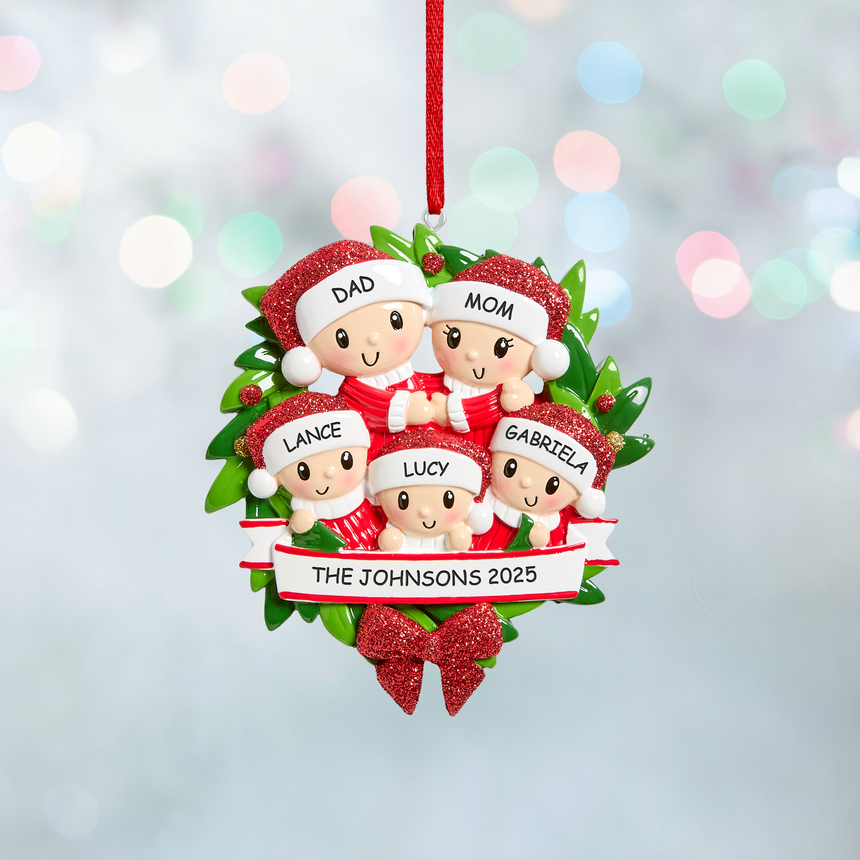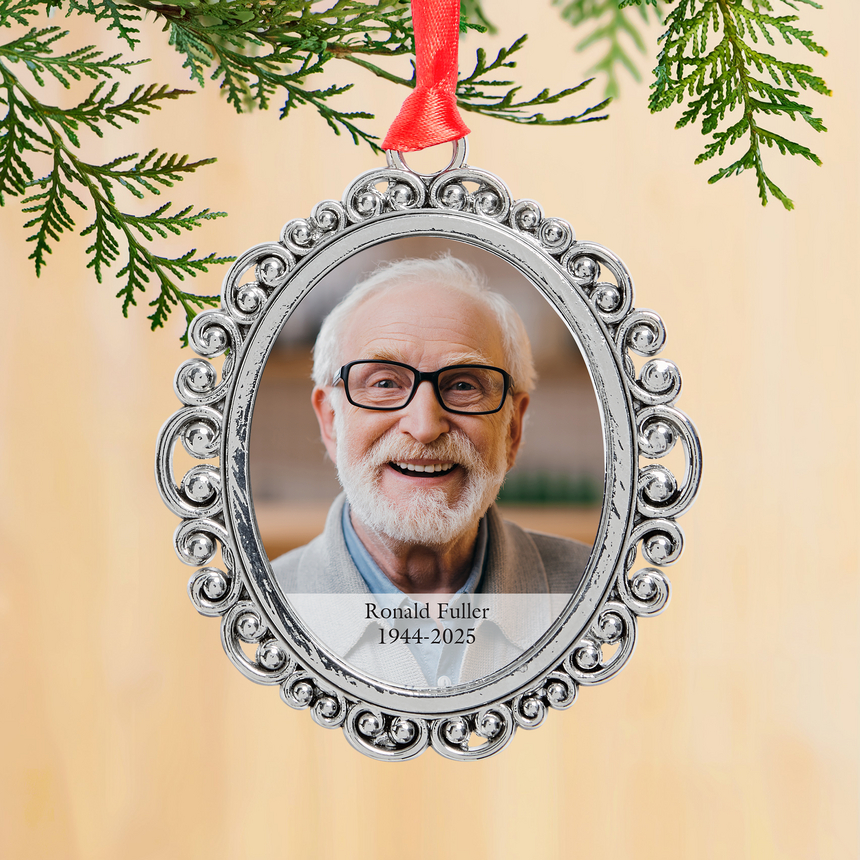Related Articles

What Can Be Composted: 40+ Items to Compost or Avoid
When it comes to composting, many of us know that we should but aren’t sure how or where to start. Every year, tons of food and household items go to waste and fill up our landfills. By composting these materials, you can help the earth recycle and keep your local landfill from overflowing. By decomposing proper food and plant waste, we can not only reduce the amount of waste in the landfill, but also create a usable product. For more information on what you can and cannot compost, click here for our handy compost guide.
What is composting?
Composting is a form of waste disposal where organic waste can decompose naturally under oxygen-rich conditions. The final compost result is what is called humus, which is full of nutrients and can help to fertilize gardens naturally and improve growing conditions.
How do I start composting?
Making compost can be as simple as setting up a bin outside and keeping one in the kitchen for everyday use. To begin composting, start your compost pile on bare earth and lay straws down. Then add your compost materials, alternating between moist such as cut grass or fruits and veggies and dry, like hay and paper. If desired, add manure as well. In terms of water, you’ll want to eyeball this, making sure your compost pile is moist and not wet.
Too much water can smother the pile, and create a smelly, slimy substance. Too little water can kill the good bacteria and ruin your compost. The more green material you put in, the less water you’ll need to add. For dry ingredients, soak the materials first in water so as to not dry out the compost bin. It’s important to keep the compost covered to prevent too much watering by rain and to retain heat. Lastly, you’ll want to turn your compost pile every few weeks with a shovel to allow oxygen to aerate the pile.
What materials are good for composting?

All compostable materials are either nitrogen-based or carbon-based, and the trick is to use one third green or nitrogen-based compost, to every two thirds of brown or carbon-based compost. Because the brown materials can get bulky, the carbon materials allows for oxygen to penetrate and nourish the organisms in the compost. Having too much nitrogen can create a smelly, dense, slow process of decomposing anaerobic mass. If your compost smells fresh, it means you’re on the right track and your carbon materials are covering the nitrogen smells!
How do you compost if you live in an apartment?
While composting is a great way to add soil to your backyard plants, many of us live in an apartment where a yard or access to additional space is limited. For those in an apartment, follow these simple steps to successfully compost your food and plant waste.
- Buy a plastic container. In order to allow ventilation and drainage, create holes in both the top and bottom of your container.
- Add strips of paper soaked in water and place on the bottom of the container. Layer about ⅓ of the container with the paper strips. This will be the start of your compost pile.
- Then add worms, followed by your food scraps.
- Find a home for your compost bin! Preferably somewhere with not too much sunlight, such as the corner of a balcony or entryway.
Continue this process making sure to scoop out compost once there is more soil than scraps into a smaller plastic container for distribution and start again! You can also stack containers on top of one another, as long as you create the holes on both the top and bottom.You can give this soil as a gift, use it for small indoor plants or sprinkle it on your lawn.
How do you stop compost from smelling?

While creating compost for the garden can be great, a compost pile can get a little smelly. Usually compost should smell nothing more than like dirt, unless you have manure in your pile. If your compost does smell bad, it’s probably an indication that there is something off in your compost.
Too much nitrogen-based material or green items combined with too much moisture and not enough mixing can cause a funky smell. If you have too much nitrogen-based material, your pile may smell like ammonia or sewage. Add brown items into your compost pile to balance out your base.
If you have not been mixing your pile enough, the compost can smell like rotting eggs. If there’s a rotten egg smell, turn the compost pile to aerate. For piles with too much moisture, your compost will smell of putrid or rotten eggs and will look slimy. To rid the smell, try turning your compost pile in addition to adding more dry materials to soak up the moisture.
How do you speed up the compost process?
In order for your pile to compost, it needs to be between 120-160 degrees Fahrenheit. To speed up the compost process, you’ll want to make sure that your pile maintains this temperature, as an overheated compost pile can kill beneficial microorganisms in your pile, and lower temperature will mean a slower process. One easy technique is to chop and shred larger items so that the bacteria has an easier time breaking them down. Cut up garden waste and cardboard to ensure a speedier process.
Another way to speed up the compost pile? Turning the compost! Turn frequently for optimal results. Also, rather than adding to the pile in small bits, try collecting organic waste over a couple days in a separate container and then add to the pile. Add multiple materials at once to create a hotter compost pile.
To find out what can be composted and what is off limits, we did research and came up with the most popular items and compiled a guide below.
What should you compost?

The following materials are completely safe to compost, and can create a nutrient-filled soil you can use it for planting and gardening. Composting food and household items also removes 30% of household waste from the garbage can. That’s a third of your trash saved and reused!
Green/nitrogen items
Green/nitrogen items are protein-rich matter. One-third of your compost pile should consist of green items. Compost piles with too much nitrogen tend to smell sour since the excess nitrogen converts into ammonia gas. Green items include:
- Fruits
- Vegetables
- Grass clippings
- Fresh flowers
- Coffee grounds
Brown/carbon items
Brown items are rich with carbon, and give the compost pile a light, fluffy body. Two-thirds of your compost pile should consist of brown items because carbon-rich piles counteract the nitrogen which expands rather quickly. Brown items include:
- Napkins and paper towels
- Cotton fabrics
- Eggshells
- Dryer lint
Items to avoid

While there are many materials from the home that are great for composting, there are also items that are better off left out of the compost pile. These can be hazardous to the soil and plants outside, and should be disposed of in a regular waste container.
Pet droppings: Feces can contain several diseases and organisms, and well as make the compost toxic to handle.
Meat and dairy: Meat, bones, fats and dairy can overheat the compost pile and create stinky compost that attracts animals.
Diseased plants: Diseased plants need a very high temperature and a few weeks to kill of their illness, so it’s best to throw those away instead.
Colored paper: While regular paper can be a great addition to your brown/carbon materials, colored paper can actually be harmful to your compost pile. Some colored paper with colored inks such as newspaper and magazines contain heavy metals and other toxic materials and should be avoided.
Pesticides: Another thing to keep out of your compost pile are any pesticides or herbicides from your lawn or garden as they won’t break down properly.
Composting doesn’t have to be a hassle, and can be incredibly rewarding once you get started. Not only does composting enrich soil and reduce the need for chemical fertilizers, it can encourage production of beneficial fungi and bacteria for your soil.
While you’re using that nutrient-rich compost in your garden planting beautiful flowers, don’t forget to also add garden accessories like these for the perfect addition to any outdoor space. They add that extra “home” feel to a backyard, front porch or even a window sill. Use stepping stones to guide you to your compost bin outdoors, or purchase a mosaic flower pot for your new compost soil! Keep this guide on your fridge or wall for an easy reference on what can and can’t be composted.




















